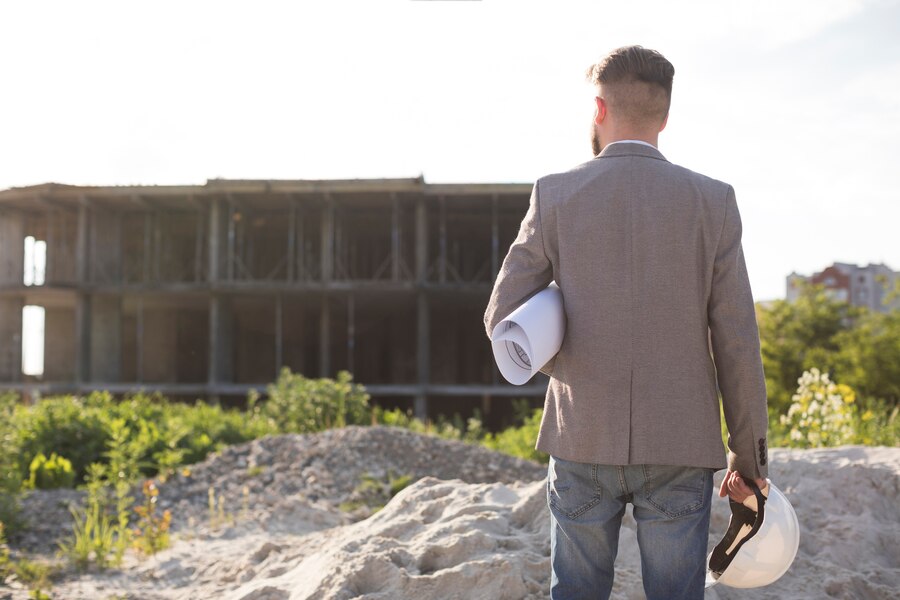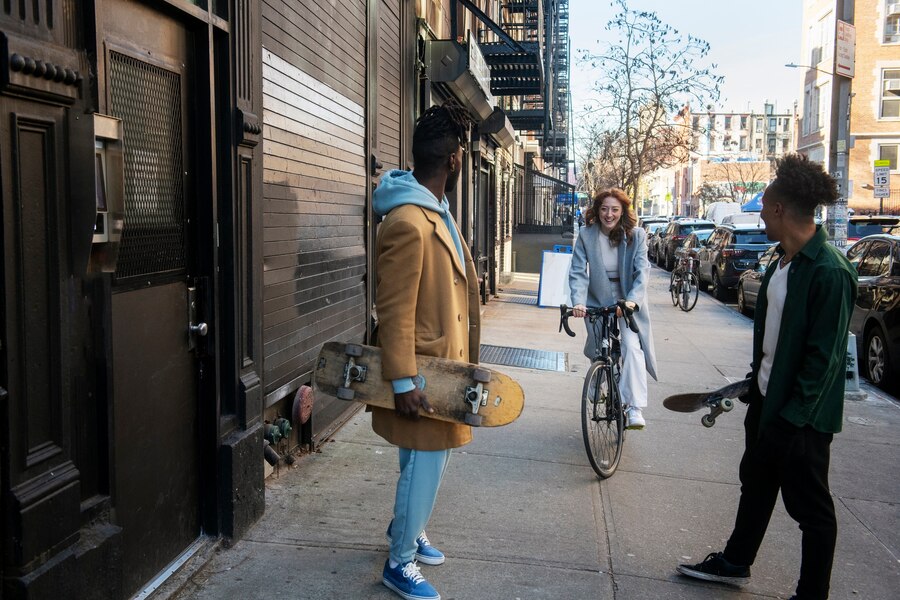The Hidden World of Urban Exploration
Urban exploration, affectionately known as “urbex” by its practitioners, represents more than just wandering through abandoned buildings. It’s an art form that combines photography, history preservation, and adventure.
As someone who’s connected with numerous urban explorers through platforms like Urban Exploration Resource and Abandoned America, I’ve learned that this activity requires careful preparation, respect for locations, and a deep appreciation for architectural history.

Understanding the Appeal
The allure of urban exploration lies in its ability to connect us with the past. Every abandoned hospital, forgotten factory, or deserted school tells a story of human experience. These places, frozen in time, offer glimpses into different eras of our society.
Essential Guidelines for Safe Urban Exploration
Legal Considerations
Before venturing into any abandoned structure, remember:
- Always obtain necessary permissions when possible
- Research local trespassing laws and regulations
- Never break into properties or damage structures
- Respect “No Trespassing” signs and private property rights
Safety First Approach
Your safety should always be the primary concern:
- Never explore alone – bring at least one partner
- Wear appropriate protective gear (sturdy boots, gloves, mask)
- Carry essential equipment (flashlight, first aid kit, phone)
- Check weather conditions before exploring
- Inform someone about your location and expected return time
Photography Tips for Urban Explorers
Capturing compelling images of abandoned places requires both technical skill and artistic vision:
Equipment Recommendations
- A reliable camera with good low-light performance
- Wide-angle lens for architectural shots
- Tripod for long exposures
- Extra batteries and memory cards
- LED light panel for illuminating dark spaces
Composition Guidelines
Focus on telling the location’s story through your images. Look for:
- Natural light streaming through windows
- Interesting architectural details
- Signs of past human activity
- Decay and nature’s reclamation
- Unique perspectives and angles
Community and Resources
Join these active urban exploration communities:
Environmental Responsibility
Practice the “Leave No Trace” principle:
- Take only photographs
- Leave only footprints
- Don’t remove artifacts
- Avoid disturbing wildlife
- Report dangerous conditions to authorities
Personal Recommendations
As someone deeply involved in the urban exploration community, I recommend:
- Start with well-documented locations
- Connect with experienced explorers
- Document and share your findings responsibly
- Respect the history of each location
- Consider contributing to preservation efforts
Frequently Asked Questions
1. Is urban exploration legal?
While urban exploration itself isn’t illegal, trespassing is. Always obtain permission when possible and be aware of local laws. Many experienced explorers build relationships with property owners or join organized tours of abandoned places.
2. What are the biggest dangers in urban exploration?
The main risks include:
- Structural instability
- Hazardous materials (asbestos, lead paint)
- Falls and injuries
- Encounters with wildlife
- Legal consequences
Mitigate these risks through proper preparation and safety measures.
3. How do I find locations to explore?
Research through:
- Local history societies
- Urban exploration forums
- Historical photographs
- Google Earth
- Networking with other explorers
Always verify the legal status and safety of potential locations.
4. What equipment is essential for beginners?
Must-have items include:
- Sturdy boots with good ankle support
- Respirator mask (N95 minimum)
- Powerful flashlight and backup
- Basic first aid kit
- Camera
- Water and snacks
- Protective gloves
5. How can I document locations responsibly?
Responsible documentation involves:
- Keeping location details private to prevent vandalism
- Accurately recording historical information
- Sharing findings with historical societies
- Never staging or manipulating scenes
- Respecting privacy and confidentiality
Best Practices from Experienced Explorers
According to Urban Exploration Photography:
“The key to successful urban exploration lies in preparation, respect, and patience. Never rush into a location without proper research and safety measures.”
Resource Links and Communities
Connect with these trusted sources:
- Historic Preservation Society
- Abandoned Architecture Photography
- Urban Explorer’s Code of Ethics
- Safety Guidelines Database
Photography Equipment Recommendations
Based on community feedback and personal experience:
Camera Bodies
- Sony A7 III (excellent low-light performance)
- Nikon D850 (high resolution for architectural details)
- Canon 5D Mark IV (reliable all-around performer)
Lenses
- 16-35mm f/2.8 (for wide architectural shots)
- 24-70mm f/2.8 (versatile walk-around lens)
- 50mm f/1.8 (for low-light situations)
Final Thoughts
Urban exploration offers a unique way to connect with history and document forgotten places. However, it requires respect, preparation, and responsibility. Always prioritize safety and legal considerations over getting the perfect shot.
Remember that each abandoned place holds memories and stories. As urban explorers, we’re not just photographers or adventurers – we’re unofficial historians documenting these spaces before they disappear forever.
For the latest updates and community discussions, join us at Urban Exploration Forum or follow respected explorers on social media platforms.



